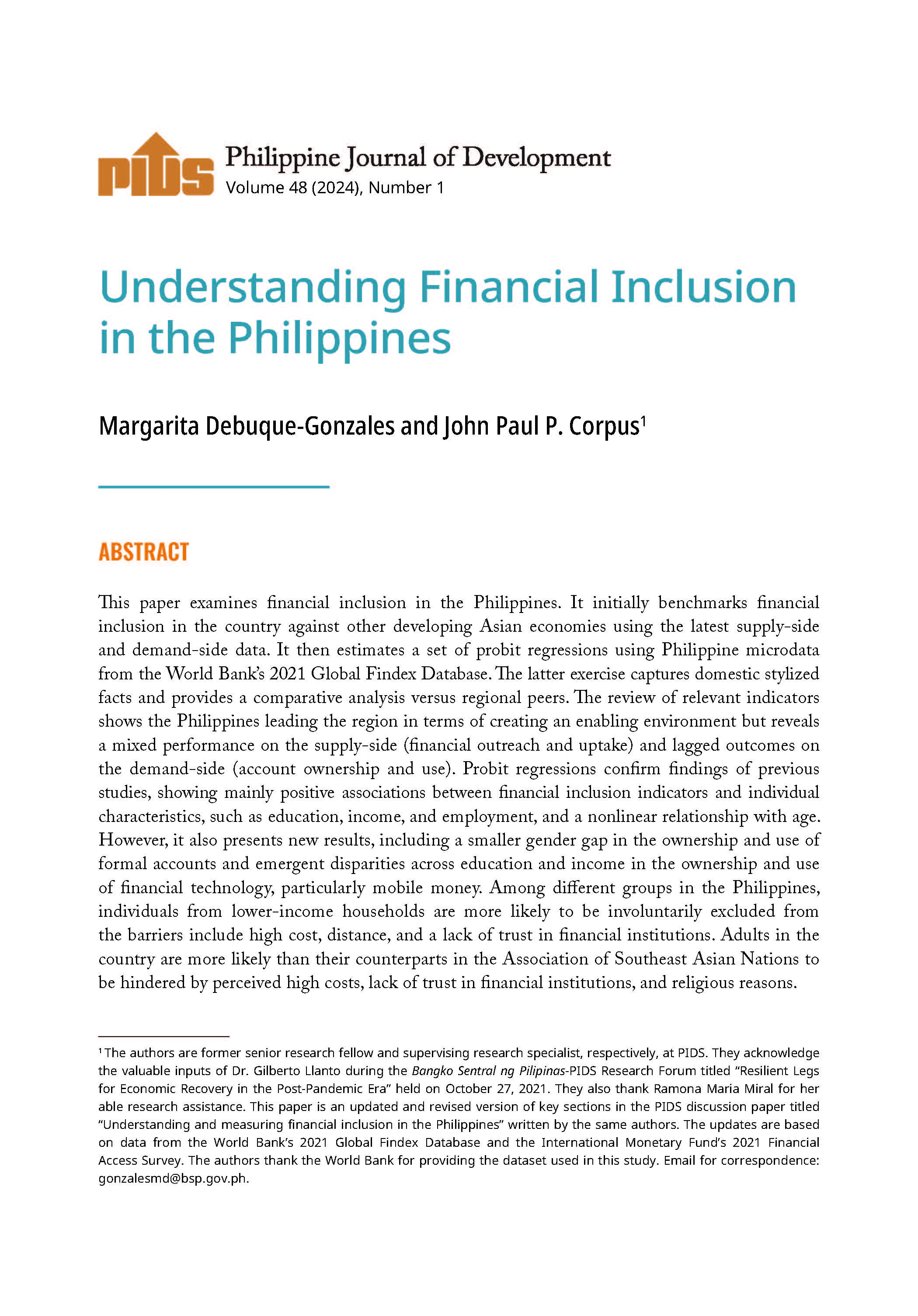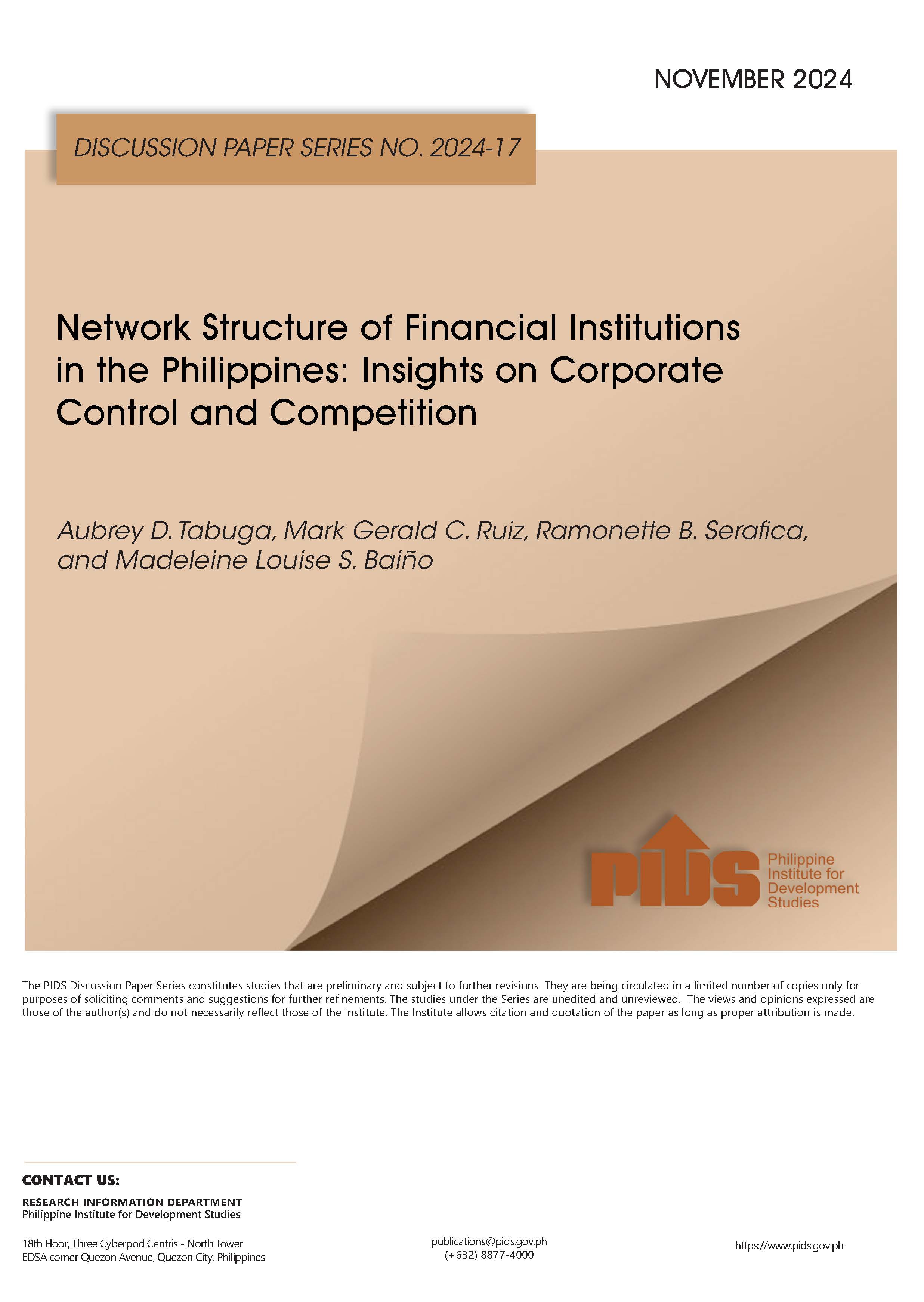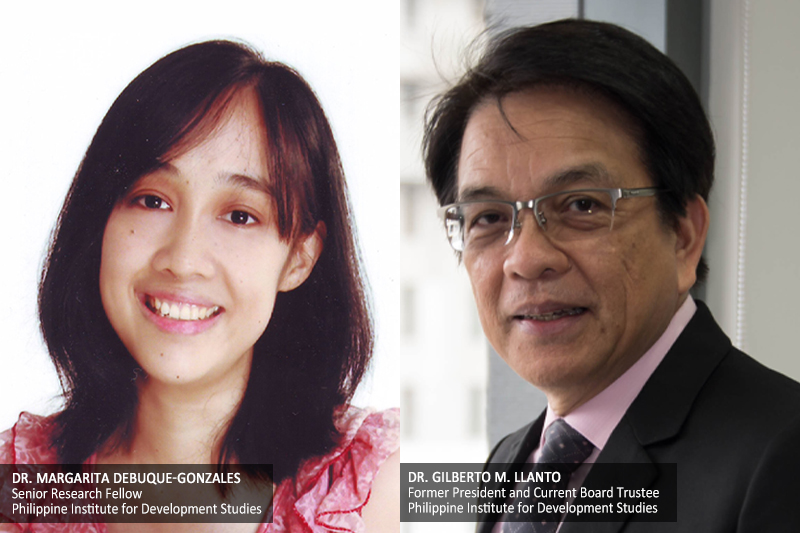BSP market operations siphoned off P2 trillion
This was lower compared to P2.2 trillion in the second quarter and P2.1 trillion in the first three months of 2021.
The BSP essentially removes money from banks to park these excess money with the BSP to earn fixed interest rates. The main objective of these monetary operations is to control and manage inflation which is expected to remain elevated in October before starting to decelerate in November. During the third quarter, inflation rate increased to an average of 4.5 percent from 4.3 percent in the second quarter. Both rates are higher than the government target of two-four percent for 2021.
Based on the report, of the P2 trillion about 44.6 percent or P899 billion were absorbed by the term deposit facility (TDF) which is a weekly auction of two tenors, the 7- and 14-days. The TDF is the BSP’s main liquidity management tool and helps bring short term money market rates closer to the BSP policy rate, currently at two percent.
About 22.3 percent or P446 billion were siphoned off by the BSP securities facility, another auction done once week. The facility offers only one tenor, the 28-day.
The BSP said the standing overnight deposit facility (ODF) also mopped up about P352 billion or 17.6 percent of the total absorbed liquidity. Banks deposit their money with the BSP via the ODF. Similar with the reverse repurchase (RRP) facility, the ODF removes excess liquidity in the system to control the rise in inflation.
The RRP facility, in the meantime, accounted for P310 billion or 15.5 percent of the total absorbed excess money. Through the RRP, the BSP borrows money from banks using government securities as collateral. The borrowing rate is called the RRP rate.
The BSP said the sustained strong demand for its auction facilities “reflect continued ample liquidity in the financial system.”
BSP Governor Benjamin E. Diokno said on Wednesday, Oct. 27, that the BSP has so far infused P2.23 trillion of liquidity in the financial system. This amount is 12.5 percent of the country’s gross domestic product.
“The BSP acted swiftly to support the economy during this critical time,” said Diokno during the BSP-Philippine Institute for Development Studies (PIDS) Research Forum.
Diokno reiterated that BSP has done plenty of extraordinary measures to instill market confidence in the financial sector and foreign investors, but he called on structural and institutional reforms to be implemented post-pandemic as these will be “critical to jumpstart economic recovery.”
The forum on Wednesday highlighted research of what is expected in the aftermath of COVID-19 or economic recovery in the post-pandemic era.
One of the research papers from the BSP Research Academy and the PIDS is the adoption of policies to attract foreign direct investments (FDI). Last year, global FDI flows declined by 35 percent and Diokno noted that this was the biggest drop since 2009.
“Lockdowns, supply chain disruptions, falling corporate earnings, economic uncertainties, and delayed investment plans were the primary reasons for the contraction,” said Diokno. “Understanding the determinants of the FDI decline could help us design the appropriate policy responses that would attract more FDIs and spur post-pandemic recovery,’ he added.
Related Posts
Publications
Press Releases
Video Highlights
[No related items]
Infographics
[No related items]





